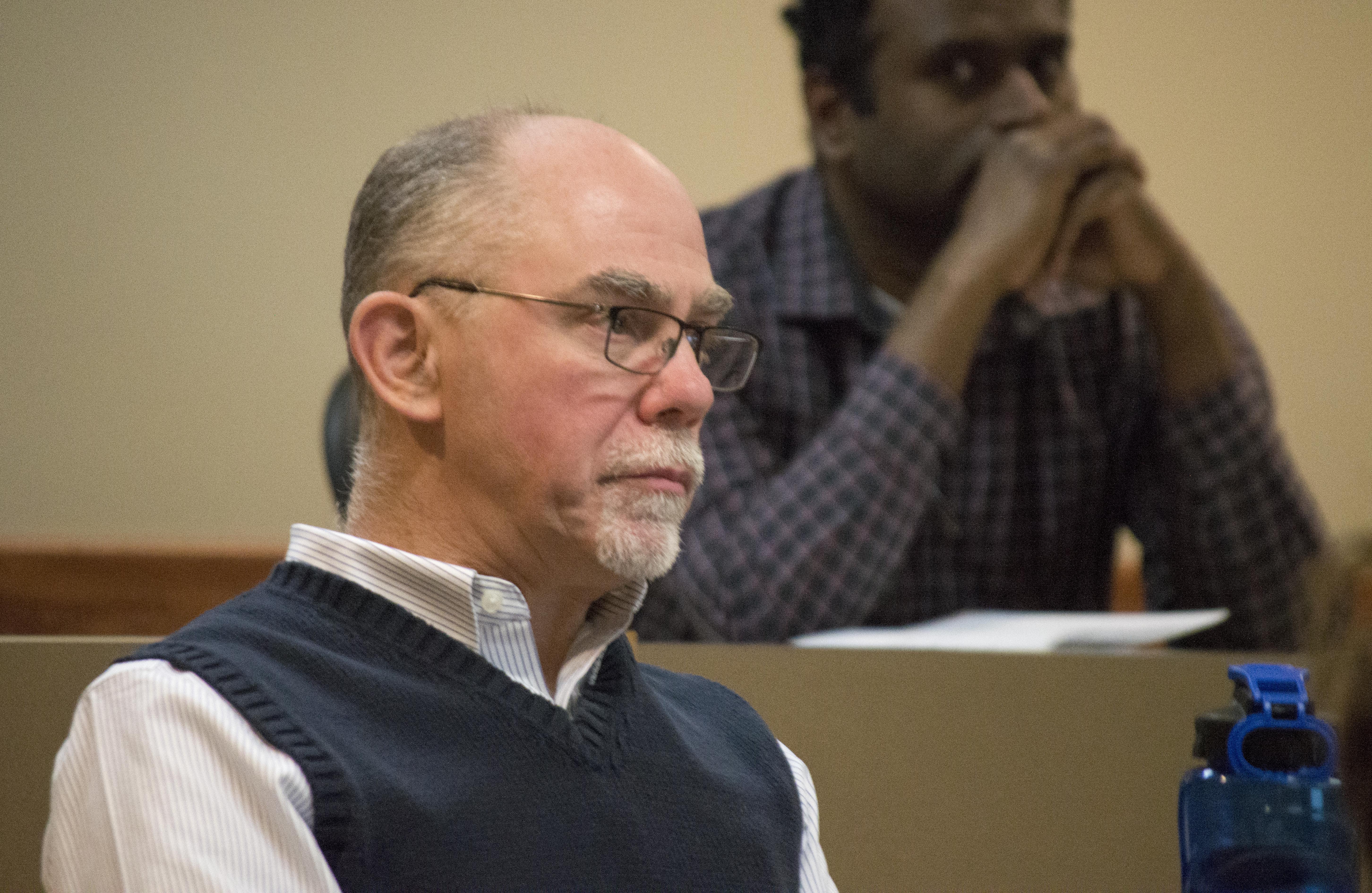
Neuroscience Journal Club brings students, faculty together through group discussions
Students and faculty gather to present new research, topics and breakthroughs in the Lee Medical Building every other week.
The USD Neuroscience Journal Club gives students and faculty the opportunity to share insights about important topics in the neuroscience community.
Lee Baugh, associate professor of basic biomedical sciences and Neuroscience Journal Club course director, leads the meetings to expose students to a wide variety of neuroscience research.
Each week, a student chooses a neuroscience article to present to the rest of the group and engage in discussion on the topics.
“Topics are either methods based, meaning if students come across a new method in neuroscience they’re not familiar with, they may choose an article to present that topic,” Baugh said. “Or results based, meaning if there is a big result in understanding how the brain works, they may choose an article on that topic to present as well.”
Baugh said the Neuroscience Journal Club serves as a way for students to hone their presentation skills within neuroscience.
“A huge part of being successful in neuroscience is being able to get your ideas across and present them in a concise manner,” he said. “It gets them exposure to highlight important parts of research, critically thinking about the research and identify the important components of what they’re reading and presenting.”
Dayalan Sampath, basic biomedical sciences research instructor, is a member of the Neuroscience Journal Club. Sampath is working on a project dealing with depression and exploring new therapy methods.
“The biweekly meetings sharpen students’ intellect on a wide variety of complex neuroscience issues,” Sampath said. “The mentors guide students to top notch articles about a specific topic that is well argued, which gives students a challenge when they present to the group.”
Sampath said medical science students and members are very curious, so the Journal Club meetings are a great way to dive deeper into those topics that interest students.
Baugh said he considers neuroscience research a strength for USD and the science community.
“Neuroscience at the university is fairly well-funded from external grants that help fund a number of successful labs doing this type of research,” Baugh said.
Baugh created the Center for Brain and Behavior Research four years ago, which is a large center on campus that has primary goals of advancing neuroscience research at the brain functioning and behavioral levels.
“We have a large group of people clustered around the shared and common interest of figuring out the relationship between brain and behavior in neuroscience,” he said.
Taylor Bosch, Ph.D. of biomedical sciences student and Neuroscience Journal Club member, presented a research article titled “Injecting Instructions Into Premotor Cortex,” by Kevin A. Mazurek and Marc H. Schieber.
The focus of the presentation involved the premotor cortex in the brain, which is thought to translate visuospatial information into plans for particular movements according to Bosch’s presentation.
Bosch said he gains a great deal of knowledge at the Neuroscience Journal Club meetings, which he said will help his future research projects at USD.
“These journal club meetings are very important to make sure everyone gains a broad understanding of neuroscience and some areas students aren’t exposed to on a daily basis,” Bosch said. “I typically choose a paper that I don’t have a lot of technical expertise on because it makes me broaden my knowledge, rather than just focusing in my area of expertise.”
Bosch said neuroscience is an all encompassing term that studies the nervous system, but the nervous system is so complex and it’s rare to have a person that studies everything, so the Neuroscience Journal Club provides people with expertise on certain topics to present to the group.


